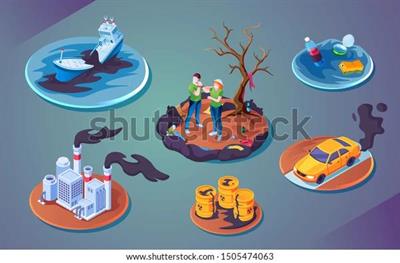
PUMPA - SMART LEARNING
எங்கள் ஆசிரியர்களுடன் 1-ஆன்-1 ஆலோசனை நேரத்தைப் பெறுங்கள். டாப்பர் ஆவதற்கு நாங்கள் பயிற்சி அளிப்போம்
Book Free DemoAt the beginning of the 21st century, the earth supported a copious human population that was healthier and wealthier than ever before. At the same time, they were in lack of awareness about the risks that they faced. In the previous section, we learnt that we need to be cautious to keep ourselves protected against hazards. This lesson is intended to familiarise the different types of hazards to promote awareness among students regarding hazards.
Hazards are defined as a thing, person, event or factor that poses a threat to people, structures or economic assets and which may cause a disaster.
They could be either man-made (humanmade) or naturally occurring in the environment.

The word ‘hazard’ is derived from the word ‘hasart’, an old French word meaning 'a game of dice' (in Arabic – az-zahr; in Spanish – azar).
Though society encounters several types of hazards, it is necessary for a region to be aware of those threats that are most likely to affect the community severely.
A natural hazard is defined as a natural process and event that is a potential threat to human life and property. The process and events themselves are not a hazard but become so when it affects a human habitat, i.e. land used by human beings.
A disaster is defined as a hazardous event that occurs over a limited span of time in a defined area and causes great damage to life and property. It also needs assistance from others.
A catastrophe is defined as a massive disaster that requires a significant expenditure of money and takes a long time (often years) for recovery.
Now we got a basic understanding of hazard, disaster, and catastrophe. We'll have a detailed discussion and understanding of hazards, disasters and catastrophes in the forthcoming units.